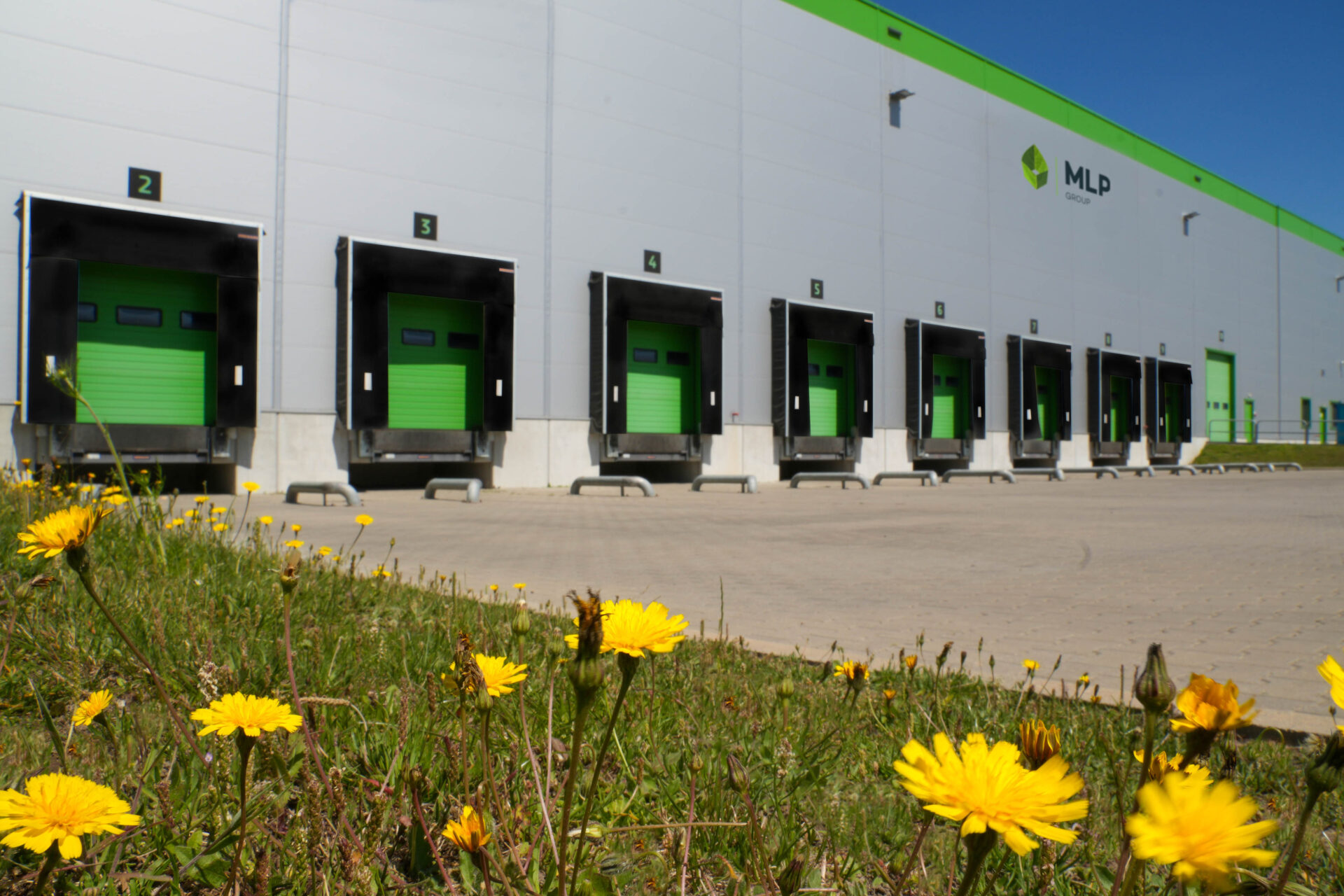Cushman & Wakefield has analysed the trends in the industrial property sector in five Central European countries (Czech Republic, Hungary, Poland, Romania and Slovakia) in 2021, and the principal findings are as follows.
Modern logistic industrial space in the region totalled more than 46 million sqm at the end of 2021, which is an increase of more than ten per cent over 2020. The largest portion of the stock is still located in Poland (52 percent) and the Czech Republic accounts for more than one-fifth (21 percent) of the area. Romania comes third (12 percent), followed by Hungary (9 percent) and Slovakia (7 percent).
“If we restate the figures in relation to the population, the Czech Republic leads by a large margin with 902 sqm per thousand inhabitants, an approximately 6 percent increase over the preceding year. Poland comes second with 625 sqm per thousand inhabitants,” said Cushman & Wakefield.
Jiří Kristek, Head of the Industrial and Retail Warehousing Team, Cushman & Wakefield, commented: “Poland has recorded the greatest year-on-year increment in industrial space last year; approval procedures that are markedly faster than in the Czech Republic help the pace of development in the country. In our country, approval procedures have traditionally been very slow and, as such, unable to flexibly respond to the leaps in demand in certain segments. In addition, there are fewer locations suitable for new development in Czechia than in Poland, which has a greater area and mostly flat terrain.”
Demand is outpacing development
The current industrial stock in Czechia barely suffices to meet the demand. Demand has been growing each year – just last year, it increased 61 percent over the preceding year, the highest figure in the entire region. Thus, it is not surprising that the vacancy rate of such schemes is currently a mere 1.6 percent, and in Prague as little as 0.7 percent, an all-time low.
Of course, demand spurs new development – the stock currently under construction in Czechia amounts to a record-breaking 1,112,000 sqm, the most in history and almost three times as much as at the end of 2020. The other reviewed countries are also posting record-breaking figures for new development.
Jiří Kristek, said: “Development continues, though the pace may slow down somewhat in the upcoming quarters due to the current rise in the prices of construction material. New development may also suffer as a consequence of the situation in Ukraine, in terms of both supply and demand.”
Demand among logistic and distribution companies is growing
The growth in demand for industrial space is driven primarily by companies operating in logistics, distribution and e-commerce.
Jiří Kristek, said: “Companies are compelled to respond to the current shift of a part of retail demand from traditional sales channels to the Internet by securing adequate storage capacity. The development of e-commerce currently principally influences the form of retail sales, and the sales model involving brick-and-mortar shops combined with deliveries directly from central storage is likely to be the most preferred option in the future.”
Rents in Czechia grew rapidly last year
Last year, rents in the Czech Republic grew due to a shortage of vacant space following a long period of stability. The prime rent (the highest achievable rent for an area of 5,000 sqm in a prime location) used to range between €4 to 4.30 per sqm for about 10 years, only to increase to as much as €5.60 in Prague’s vicinity at the end of last year. This is the highest rate in the region – the prime rent in Hungary was €4.65 last year and remained at about four euros in the other three countries of the region.
As a result, industrial properties enjoy unprecedented interest among investors across the region. The share of investment in the sector in Central and Eastern Europe reached its all-time high at 44 percent last year, outperforming office space as the most attractive option for the first time. The overall investment in storage facilities and halls in the region was €4.2 trillion in 2021, 23 percent more than in 2020. The greatest amount of investment (70 percent) was made in Poland, with just 15 percent focusing on the Czech Republic.
Michal Soták, Head of the Capital Markets team, Cushman & Wakefield, commented: “The development of the Czech real estate market still depends on the quantity of stock available for sale, and that is still very low in comparison with Poland, for example, yet also with Western European countries in general. Industrial properties are clearly the most popular with investors, but a shortage of investment opportunities continues to restrict their activity.”
The prices of industrial properties expressed in terms of yield continue growing in all countries of the region. In the Czech Republic, the prices grew by as much as 20 percent and the yield from premium halls dropped below 4 percent for the first time in history.
Major players cover the majority of the market
The CEE market is quite consolidated with just a few major companies covering a considerable part of it. The lion’s share in the total industrial space in the five aforementioned countries belongs to CTP (13 percent), Prologis (10 percent), Panattoni (8 percent), P3 Logistic Parks (7 percent) and SEGRO (4 percent), totalling approximately 42 percent of the entire market.
Last year, Panattoni was responsible for the greatest share of development in the region – the international company completed almost two million square metres of new logistic space. CTP, a developer with Czech roots was next with more than 600,000 sqm opened (even though the group started the major activity in Poland, the biggest country in the region, only recently).







